Summer seasons seem like sauna. More so, during these days where global warming is a huge issue. Of course, summer is all about long walks, and frozen treats for us humans. But, for our pets – the hot weather can be downright dangerous. There are several summer related problems that our pets face, some of them being heatstroke to paw burns. And these happen with every pet – all through the year and it is a global phenomenon.
The good news? You can keep your furry (or feathery… or even scaly) friends safe with a few smart tricks. In this guide, you’ll learn how to spot summer dangers, prevent overheating, and keep pets comfy — all while having fun. Check out pet summer safety tips.
Recognise the Risks
⚠️ BREEDS AT HIGHEST RISK
- Brachycephalic (flat-faced) breeds: French Bulldogs, Pugs, Bulldogs
- Persian cats, Himalayan cats
- Cannot pant effectively to cool down
- Need AC when temperatures exceed 70-75°F
Well, summer can bring several health and other issues for your pets. We will check out the telltale signs for every symptom that summer heat can bring out.
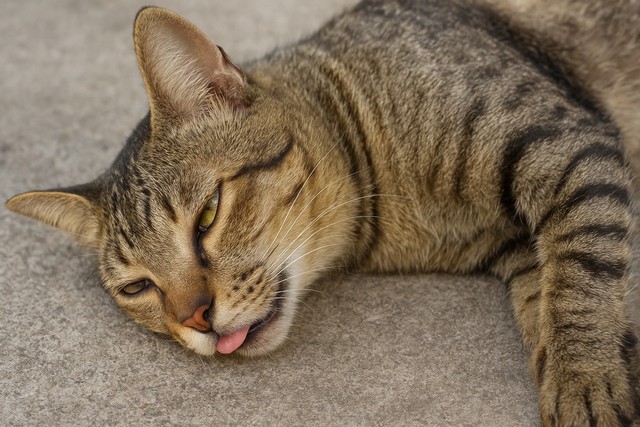
Heatstroke & Dehydration
Signs of heatstroke – If your pet is facing heatstroke, you will find it panting heavily, drooling more than usual, acting lethargic, vomiting, or collapsing. It’s time to act — these are red flags for heatstroke. According to the AVMA, there are a few specific heat related care guidelines that you can follow.
Heatstroke can be a huge concern for flat-faced breeds like pugs, seniors, and puppies.
Humidity trobles
Signs of humidity issues – Once again, panting and lethargy are common signs of humidity.
High humidity makes it harder for pets to cool themselves. Even if the temperature isn’t sky-high, muggy weather can still be dangerous.
Paw burns
Hot pavement or sand can scorch your pet’s paw pads. A quick test: place your hand on the surface for 7 seconds — if it’s too hot for you, it’s too hot for them.
Sunburn and heat rash
Light-colored or thin-coated pets can get sunburn on their ears, nose, and belly. Keep an eye out for redness or blistering.
Heat Stroke in Pets – Managing the Burn
Heatstroke is a major concern when it comes to the pets in the summer months.
CRITICAL STATS
- Heat stroke has a 26.56% fatality rate in dogs
- Brachycephalic dogs have 4.21x higher risk of heat-related illness
- Over 13,000 pets treated for heat-related conditions since 2020
- Dehydration claims spike by 364% during summer months
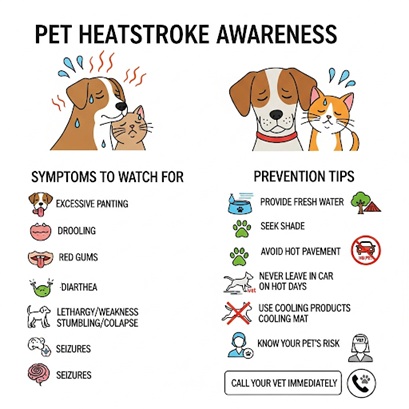
Causes of Heatstroke
-
Leaving pets in parked cars (even for “just a few minutes”).
-
Strenuous play in high temperatures.
-
Lack of shade or water outdoors.
-
Muzzling dogs in hot conditions (restricts panting).
HOT CAR FACTS
- On a 70°F day, cars reach 110°F+ in 1 hour
- Temperature rises 20°F in first 10 minutes
- Temperature rises 30°F in 20 minutes
- Even with windows cracked, temperatures still soar
- Brain damage can occur in under 15 minutes
The warning signs
-
Heavy panting and drooling.
-
Rapid heart rate.
-
Weakness, confusion, or collapse.
-
Bright red gums or tongue.
-
Vomiting or diarrhoea.
First aid for heatstroke
You can check out a few tips below to reduce the possibility of heatstroke –
-
Move to a cool, shaded area immediately.
-
Cool the body gradually using cool (not ice-cold) water, wet towels, or a fan.
-
Offer small amounts of fresh water — do not force drinking.
-
Seek veterinary attention immediately.
Tip – Never use ice or extremely cold water to cool a pet with heatstroke — it can cause shock. Choose proper cooling items for dog.
How to prevent Heatstroke?
The following tips and steps can help you prevent heatstroke –
-
Walk pets early in the morning or late in the evening.
-
Provide shade and constant access to cool water.
-
Limit outdoor exercise on hot days.
-
Use cooling mats, vests, or fans indoors.
-
Never leave a pet alone in a parked car.
Dehydration – The Silent Killer in Summer
Dehydration can surge up suddenly in summer. If you have a pet that is super active, the chances of dehydration are heavier.
DAILY WATER NEEDS
- Dogs/Cats: 50-60ml per kg body weight
- Example: 22-lb dog needs 2+ cups daily
- Hot weather: Increase by 10% above 86°F
- Fresh, clean water must be available 24/7
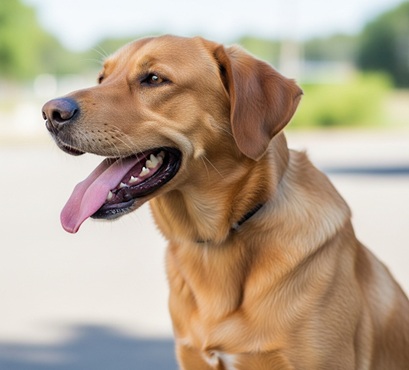
Signs of dehydration
-
Dry nose and gums.
-
Sunken eyes.
-
Loss of skin elasticity (skin stays “tented” when gently pulled).
-
Lethargy.
Tips to prevent dehydration
Dehydration in pets is definitely preventable,unlike heatstrokes.
Here are a few ways that you can prevent dehydration –
-
Keep multiple bowls of water around the house and yard.
-
Use portable water bottles when traveling or walking.
-
Offer ice cubes or frozen pet-safe treats.
-
Add wet food to meals for extra hydration.
Paw Pad Burns – Hot Surfaces & How to Avoid Them
Surfaces can make the temperatures reach as high as 60°C (140°F) on a hot day. It can burn the skin in seconds. In fact, asphalt, pavement and even beach can cause paw pad burns.
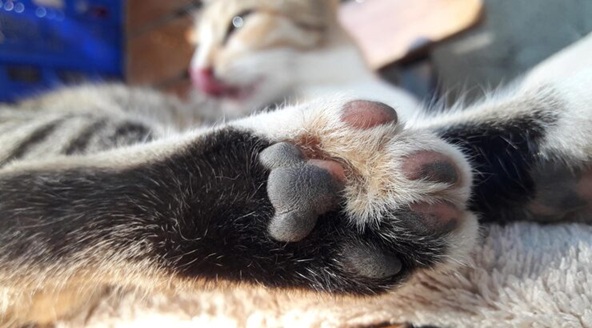
Signs of Paw Pad Burns
-
Limping or refusing to walk.
-
Licking or chewing paws.
-
Blisters or redness
How to prevent paw pad burns?
Here are a few Paw pad burns prevention tips you can choose –
-
Test the surface with your hand — if it’s too hot for your palm, it’s too hot for your pet’s paws.
-
Walk on grass or shaded paths.
-
Use paw wax or protective booties.
-
Schedule walks in cooler hours
Special Considerations for Different Pets
Well, we covered the generic steps and prevention options for a few most common issues that summer can bring. However, some pets or their breeds specifically need special care.
Dogs
-
Brachycephalic breeds (Pugs, Bulldogs) are more prone to heatstroke due to restricted airways.
-
Larger dogs can overheat faster than smaller ones during intense exercise.
Cats
-
Outdoor cats need shaded areas and multiple water sources.
-
Keep windows screened to prevent accidental escapes during hot weather.
Small Animals (Rabbits, Guinea Pigs, Birds)
- Keep cages away from direct sunlight.
- Provide frozen water bottles wrapped in cloth for cooling.
- Ensure good ventilation without placing cages in a direct draft.
HEAT STROKE EMERGENCY STEPS
1. Move to cool area immediately
2. Apply cool (not cold) water to paws/ears
3. Offer cool water to drink
4. Head to veterinary ER immediately
5. Continue cooling en route to vet
DON’T delay – time = life
Final Thoughts
Summer can be a wonderful season for making memories with your pet — but safety must come first. By staying alert to the dangers of heat, dehydration, and burns, and taking preventive measures, you can ensure your furry friend enjoys the sunshine without harm.
A safe pet is a happy pet — and nothing beats seeing your companion healthy, active, and tail-wagging through the summer months.
FAQs
Can I shave my dog’s coat for summer?
Only if recommended by a vet or groomer — some coats protect against sunburn and overheating.
Is ice water safe for pets in summer?
Yes, in moderation — but avoid giving it to overheated pets with heatstroke.
How hot is too hot for walking dogs?
Above 30°C (86°F) can be risky, especially on sunny asphalt.

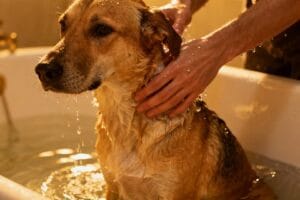


Add Comment